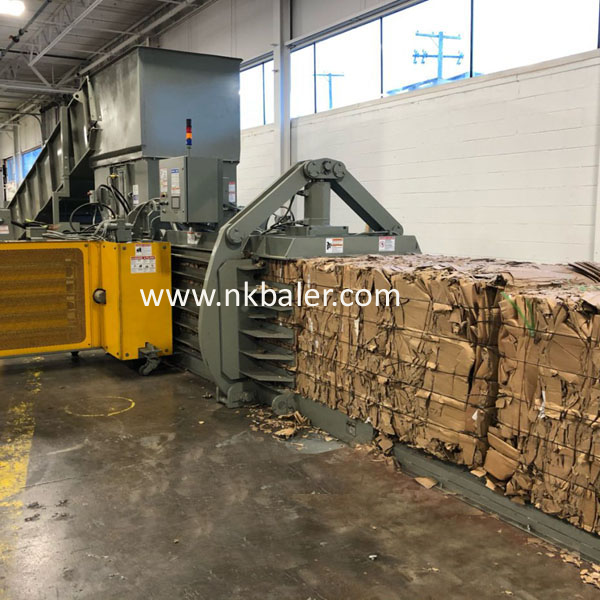The output form of a waste paper baler refers to the method by which the compressed blocks of waste paper are discharged from the machine. This parameter significantly influences the machine’s work efficiency and its adaptability to the working environment.Common output forms include flipping, side-pushing, and front-discharging. Flipping balers compress the waste paper and then flip the compressed block to one side for discharge. This output form is suitable for larger venues with higher ceilings, such as recycling stations.Side-pushing balers discharge the compressed blocks through the side, making this output form suitable for narrow spaces where flipping operations are not feasible. Front-discharging balers release the compressed blocks directly from the front, which is suitable for fully automated assembly line operations. It can seamlessly integrate with automated conveyance equipment, enhancing work efficiency.When selecting a machine, the appropriate output form should be determined based on the size of the work space and the working environment.
Different output forms offer varying levels of convenience and adaptability. Choosing the right output form can enhance the machine’s work efficiency, reduce operational difficulty, and make waste paper recycling more efficient and smooth. Therefore, the output form is an important factor to consider in the selection process of a waste paper baler.The output form of a waste paper baler directly impacts work efficiency. Highly automated output methods can significantly increase packing speed and reduce labor intensity.
Post time: Aug-14-2024
